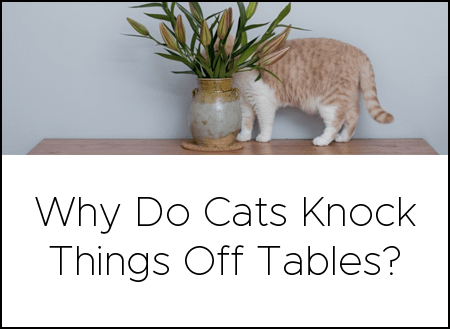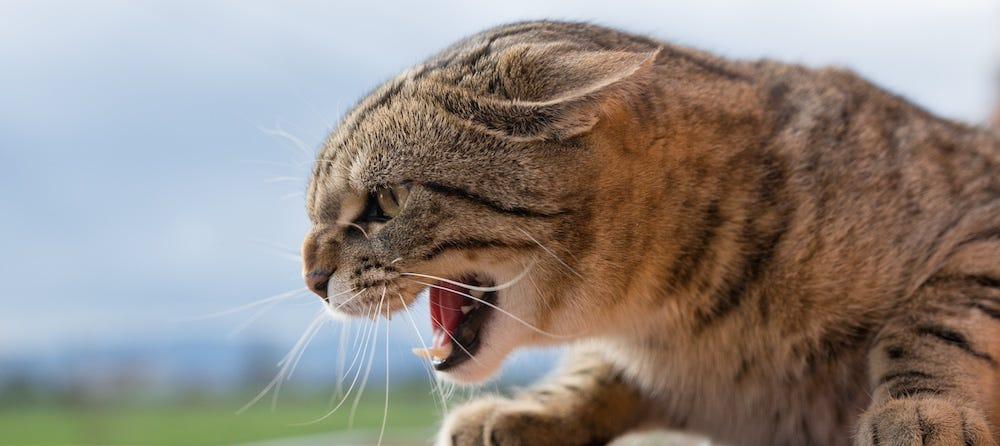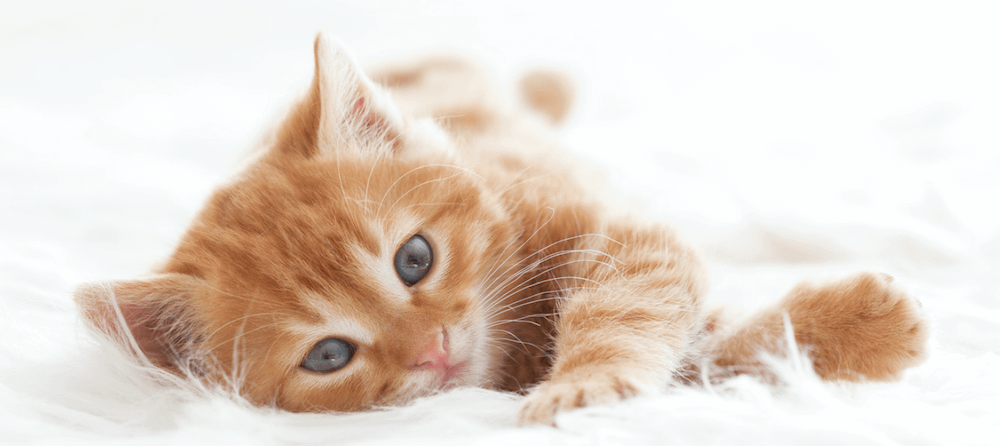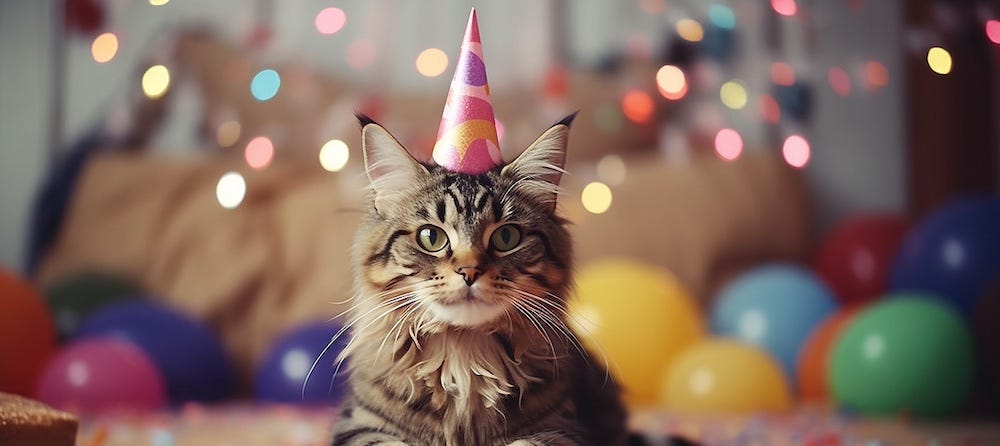Today is Endangered Species Day. There are hundreds of endangered species in the US alone, many of which are further threatened by outdoor cats. Destruction of habitat, climate change, and countless other factors have contributed to these species’ endangered status. However, allowing predatory cats to hunt outdoors exacerbates an already unfortunate situation.
Cats are perfectly evolved hunters
Cats left to their own devices are almost perfect killing machines—you might even call them apex predators. Firstly, cats can lengthen their spines to allow for short bursts of speed of up to 20-30 mph. Secondly, they can narrow their shoulders and chest to squeeze into tiny spaces. Thirdly, they can jump as much as nine times their height from a standing position. Finally, they land on their feet almost every time they fall.
Cats are estimated to be responsible for the deaths of billions of birds and small mammals just in the US. While most of this carnage can be attributed to feral cat colonies, domestic pet cats aren’t blameless. Therefore, do your part to help endangered species: Keep your cat indoors!
12 endangered species threatened by outdoor cats
This sampling of endangered species in the US includes songbirds, rabbits, and rodents. In reality, outdoor cats also take a toll on reptile, amphibian, and insect populations. After all, cats are one of nature’s superior predators.
Golden-cheeked warbler

The golden-cheeked warbler is a small, neo-tropical songbird primarily found in Texas and Central America.
Piping Plover

The piping plover is a shorebird considered endangered around the Great Lakes and threatened across the Northern Great Plains and Atlantic coast.
Florida grasshopper sparrow

Florida grasshopper sparrows are small, short-tailed birds located throughout central and southern Florida.
Red-cockaded woodpecker

This small, black and white woodpecker, found in the Southeast, Florida, and west into Texas, gets its name from a small red mark on the side of its nape (males).
California least tern

The California least tern has a limited habitat of coastal California and areas of Arizona. It bears a broad, forked tail and distinctive white blaze across the forehead.
Least Bell’s vireo

Meanwhile, Least Bell's vireos are small birds primarily found in California. Their protective markings allow them to blend in when seen from above or below.
Cape Sable seaside sparrow

Cape Sable seaside sparrows are small birds located in southern Florida. This sparrow is nicknamed “Goldilocks bird” due to precise required habitat conditions.
Southwestern willow flycatcher

This little fly-catching bird, best identified by its vocalizations, is found in the Southwest United States and Mexico.
Columbia Basin Pygmy Rabbit

The Pygmy Rabbit, the smallest species of rabbit in North America, is located in the Columbia Basin in Washington and one of only two rabbit species in the continent to dig its own burrow.
Riparian brush rabbit

The riparian brush rabbit is a medium to small cottontail weighing less than 2 pounds. Its limited habitat is located in mid-central California.
New Mexico meadow jumping mouse

The New Mexico meadow jumping mouse, found in parts of Arizona, New Mexico, and southern Colorado, hibernates 9 months out of the year.
Kangaroo rats

Six species of kangaroo rat found in California—Fresno, Giant, Morro Bay, San Bernardino Merriam’s, Stephens’, and Tipton—are considered endangered.
Cats can have fun indoors, too
Keep cats indoors: It’s better for endangered species and safer for your cat! For instance, your cat can be exposed to traffic, diseases, and other dangerous encounters outside. Try these tips to if you’re worried that your cat won’t get enough stimulation indoors.
- Play with your cat using wand toys, feather toys, and laser pointers to simulate prey.
- Add perches, shelves, cat towers, and other furniture around windows that allow your cat to observe the outdoors.
- Similarly, place a bird feeder on the other side of a window (not too close to the glass).
- Give your cat food puzzles.
- Add another cat to your household. Through fun chase play, your cat can work off excess energy and the drive to “hunt.”
Above all, we implore you to make a small bit of difference in the world of endangered species and keep your cats indoors. It’s better for everyone!
Source: U.S. Fish & Wildlife Service: Environmental Conservation Online System (ECOS)
Cover photo by Erda Estremera on Unsplash









